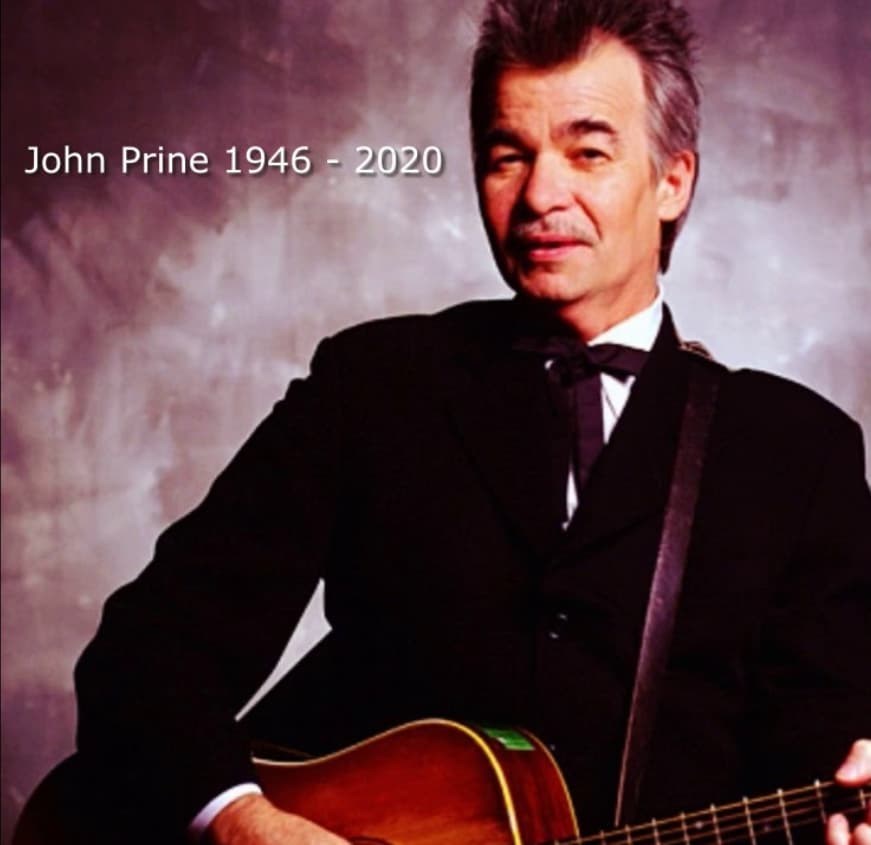
A Poignant Ode to Transience and the Search for Meaning: Clay Pigeons by John Prine.
John Prine, a name synonymous with heartfelt storytelling and poignant observations of the human condition, gifted the world with many remarkable songs. Among them, “Clay Pigeons,” though not written by Prine himself, stands as a testament to his exquisite taste and ability to interpret a song with profound empathy. This track, originally penned by the enigmatic Blaze Foley, found a perfect home on Prine’s 2005 Grammy-winning album, Fair & Square.
“Clay Pigeons” isn’t about literal clay pigeons used in shooting sports. Instead, it’s a metaphor for the aimless wandering and the quiet desperation of someone adrift in life. The song paints a vivid picture of a soul seeking connection and a sense of belonging in a world that often feels indifferent. The image of “feeding the pigeons some clay” becomes a symbolic act of finding solace in the mundane, a temporary distraction from the deeper questions of existence.
While Fair & Square garnered significant critical acclaim and commercial success, reaching number 55 on the Billboard 200 chart, “Clay Pigeons” wasn’t released as a single. Yet, it has become a fan favorite, a hidden treasure within an already brilliant album. This speaks volumes about the song’s intrinsic power and its resonance with listeners.
The story behind the song adds another layer of depth. Blaze Foley, a cult figure in the Austin music scene, was known for his raw talent and troubled life. His original version of “Clay Pigeons,” recorded in 1989, carries a raw, almost desperate energy. Prine’s rendition, however, brings a sense of gentle understanding and seasoned wisdom. It’s as if Prine, having walked his own winding path through life, is offering a comforting hand to the wanderer in Foley’s lyrics.
Consider the opening lines: “I’m goin’ down to the Greyhound station / Gonna buy a ticket to ride / I’m gonna find that lady with two or three kids / And sit down by her side.” 1 These words immediately evoke a sense of loneliness and a yearning for human connection. The Greyhound bus station, a common symbol of transience, becomes the stage for this quiet drama of searching. The image of sitting beside a mother and her children suggests a longing for the simple comforts of family and belonging.
The chorus, with its evocative lines about “feeding the pigeons some clay” and “turning the night into day,” speaks to the human need to find meaning in the everyday. It’s about finding small moments of peace and connection in the midst of uncertainty. The line “change the shape that I’m in” reflects a desire for transformation, a yearning to break free from the patterns of the past.
Prine’s delivery of the song is nothing short of masterful. His weathered voice, filled with both vulnerability and resilience, perfectly captures the song’s emotional core. He sings the lyrics with a gentle empathy, as if he’s speaking directly to the listener, offering a quiet understanding of their own struggles.
Fair & Square, released late in Prine’s career, showcased a songwriter at the peak of his powers. It was an album filled with songs that reflected on life, love, loss, and the enduring power of the human spirit. “Clay Pigeons” fits seamlessly within this collection, offering a poignant reminder that even in the midst of uncertainty and wandering, there is beauty and connection to be found. It’s a song that stays with you long after the final note fades, a testament to the enduring power of simple, honest songwriting. For those who appreciate the art of storytelling through song, “Clay Pigeons” remains a timeless masterpiece, a comforting companion on the journey of life. The song’s legacy is secured not by chart numbers, but by its profound impact on listeners who find solace and recognition in its words.